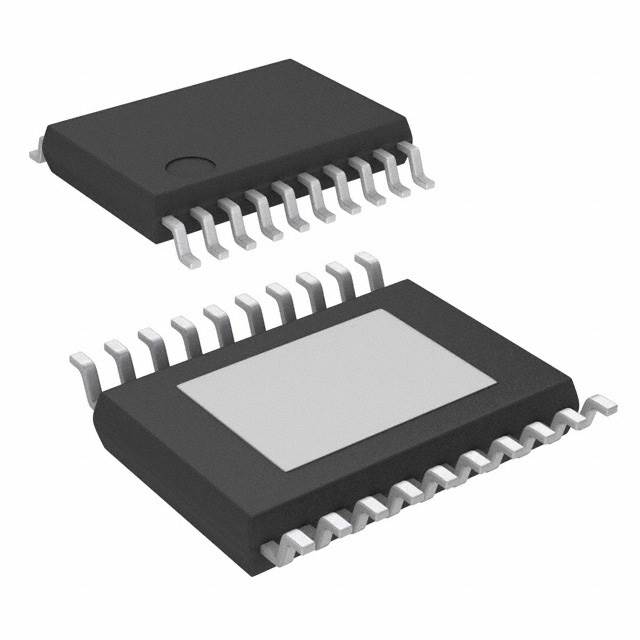

Texas Instruments
LP8867QPWPRQ1
External/Internal LED Drivers




.png?x-oss-process=image/format,webp/resize,p_30)


LP8867QPWPRQ1 Description
The LP8867QPWPRQ1 is a high-efficiency, step-down (buck) switching regulator from Texas Instruments. It is designed to provide a stable output voltage from a wide range of input voltages. Here is a brief description of the model, its features, and potential applications:
Description:
The LP8867QPWPRQ1 is a compact, high-efficiency synchronous buck converter that can handle input voltages from 2.5V to 5.5V and provide an output voltage as low as 0.9V. It is available in a small QFN package, making it suitable for space-constrained applications.
Features:
- High Efficiency: The LP8867QPWPRQ1 offers high efficiency, which can be crucial for battery-powered devices to extend battery life.
- Wide Input Voltage Range: It can accept a wide range of input voltages, making it versatile for different power supply scenarios.
- Low Output Voltage: Capable of providing a low output voltage, which is useful for modern low-voltage electronics.
- Synchronous Buck Converter: This type of converter uses a synchronous rectifier, which can improve efficiency by reducing conduction losses.
- Small Package Size: The QFN package is suitable for applications where space is at a premium.
- Protection Features: It typically includes over-current protection, over-temperature protection, and other safety features to safeguard the device and the system it's powering.
Applications:
- Portable Electronics: Due to its efficiency and wide input voltage range, it's suitable for use in portable devices like smartphones, tablets, and wearables.
- IoT Devices: Its small size and efficiency make it a good fit for Internet of Things (IoT) devices where power consumption is a critical factor.
- Medical Devices: The LP8867QPWPRQ1 can be used in battery-operated medical devices that require a stable and regulated power supply.
- Industrial Equipment: In industrial applications where a compact and efficient power supply is needed.
- Automotive Applications: It can be used in automotive electronics where a regulated power supply is required.
When using this component, it's important to consult the datasheet for detailed specifications, operating conditions, and design guidelines to ensure it meets the requirements of the specific application.
Tech Specifications
LP8867QPWPRQ1 Documents
Download datasheets and manufacturer documentation for LP8867QPWPRQ1
 Assembly/Test Site 01/Sep/2021
Assembly/Test Site 01/Sep/2021  LP8867-Q1, LP8869-Q1 Datasheet
LP8867-Q1, LP8869-Q1 Datasheet  LP8867-Q1, LP8869-Q1 Datasheet
LP8867-Q1, LP8869-Q1 Datasheet  Mult PN PART MARKING 08/Dec/2023
Mult PN PART MARKING 08/Dec/2023 Shopping Guide














.png?x-oss-process=image/format,webp/resize,h_32)










